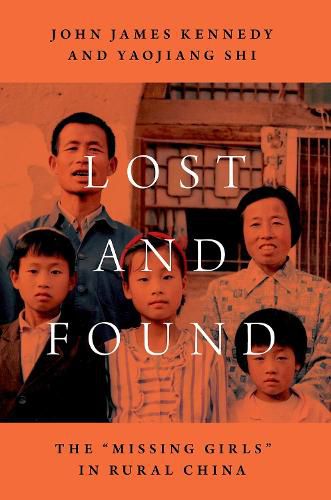Readings Newsletter
Become a Readings Member to make your shopping experience even easier.
Sign in or sign up for free!
You’re not far away from qualifying for FREE standard shipping within Australia
You’ve qualified for FREE standard shipping within Australia
The cart is loading…






\In 1979, the Chinese government famously introduced The Single Child Policy to control population growth. Nearly 40 years later, the result is an estimated 20 million missing girls in the population from 1980-2010. In Local Leaders, Families, and the Missing Girls in Rural China, John James Kennedy and Yaojiang Shi focus on village-level implementation of the one-child policy and the level of mutual-noncompliance between officials and rural families. Through in-depth interviews with rural parents and local leaders, they reveal that many had strong incentives not to comply with the birth control policy because larger families meant increased labor and income. In this sober exploration of China’s Single Child Policy throughout the reform period, the authors more broadly show how governance by grassroots cadres with greater local autonomy has affected China in the past and the challenges for resolving center-versus-locality contradictions in governance that lie ahead.
$9.00 standard shipping within Australia
FREE standard shipping within Australia for orders over $100.00
Express & International shipping calculated at checkout
\In 1979, the Chinese government famously introduced The Single Child Policy to control population growth. Nearly 40 years later, the result is an estimated 20 million missing girls in the population from 1980-2010. In Local Leaders, Families, and the Missing Girls in Rural China, John James Kennedy and Yaojiang Shi focus on village-level implementation of the one-child policy and the level of mutual-noncompliance between officials and rural families. Through in-depth interviews with rural parents and local leaders, they reveal that many had strong incentives not to comply with the birth control policy because larger families meant increased labor and income. In this sober exploration of China’s Single Child Policy throughout the reform period, the authors more broadly show how governance by grassroots cadres with greater local autonomy has affected China in the past and the challenges for resolving center-versus-locality contradictions in governance that lie ahead.